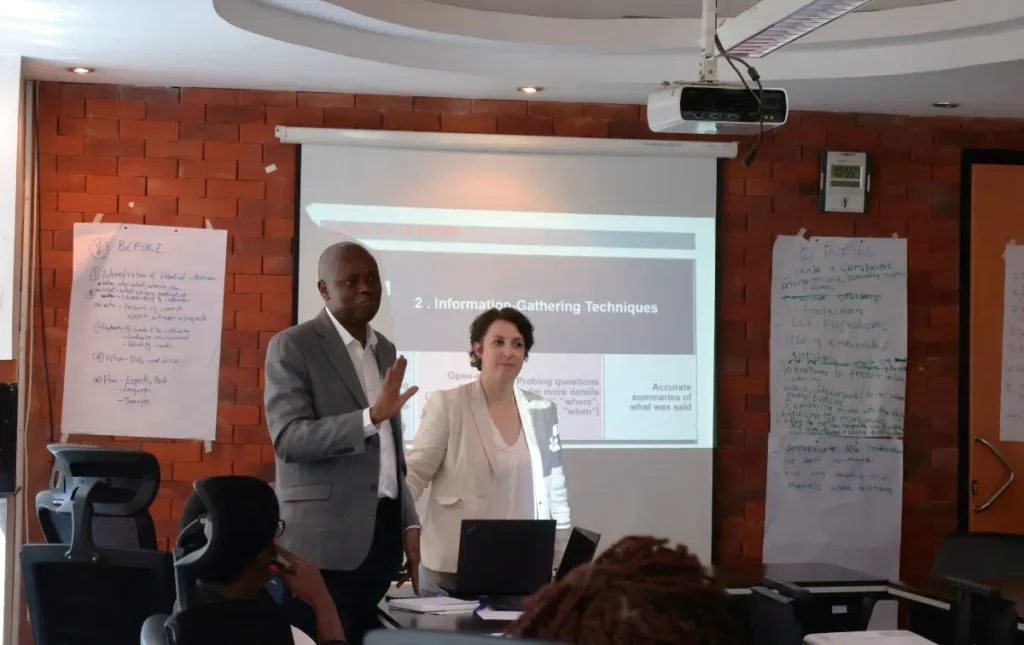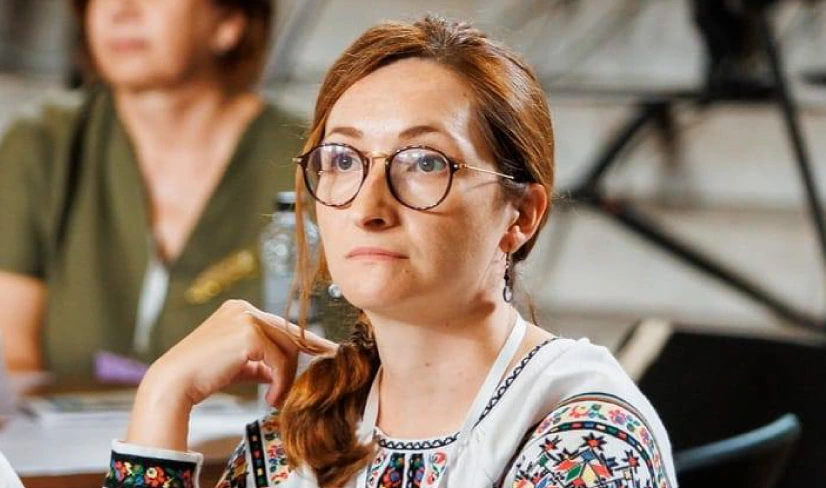I’m Maha Aon, and I’m a senior public health advisor at DIGNITY.
For the past years I have been researching self-harm and suicide in Moroccan prisons. The research is new, and it already has an impact within the prison management system.
I’ll start by taking you back to 2017…
»You can’t stop self-harm in prisons!« exclaimed a prison security guard as we walked down the hallway of a Moroccan prison.
This was in 2017 and we were visiting prisons as part of DIGNITY’s first collaboration with the Moroccan prison authority. I had asked the guard what he thought of self-harm cases and his response betrayed how normalized self-harm had become in prison.
Self-harm is when someone intentionally cuts their skin or ingests an object like batteries, for example. We wanted to understand self-harm and suicide in Moroccan prisons before embarking on a project with the prison authority.
The missing research
We first searched global literature, but most came from Western, high-income countries. Yet suicide and self-harm are personal and cultural experiences. So, together with the prison authority we reviewed medical files and talked with staff, we sat around the prisons and observed daily life, and we administered a survey to 74 prisons.
What we found both surprised us and confirmed what others found elsewhere.
Suicide and self-harm rates
First, we were surprised that suicide rates in Moroccan prisons are much lower than in high-income countries (8.7 per 100,000 vs.180 in Norway for example).
Second, suicide and suicide attempts are a gendered phenomenon . While the rate of dying by suicide is much higher for men (33/100,000 for men vs 0.1 for women), the situation is reversed for suicide attempts with the proportion of women attempting suicide 1.7 times higher than for men (0.46% vs 0.27%).
Finally, we discovered that people serving life sentences and those who had previously been to prison are more likely to self-harm repeatedly than other persons in prison (those with life sentences have twice the rate, and those with previous incarceration have a 33% higher rate).
Improving conditions
Based on our findings, together with the prison authorities we developed a national policy on prevention and management of suicide and self-harm, supported prison staff to create a training program which has now reached around 3,000 staff and adopted a surveillance system collecting multidisciplinary data on suicide and self-harm used by a newly minted committee for policy and practice. All this should contribute to improving detention conditions so that these tragic events will occur less often.
Effective development work
For me it is an example of how research should be an integral part of international development work.
Ensuring our work stems from the local context, that our partners own the narrative and that our projects are evidence-based are essential to ethical and effective development work.
These are all elements of an approach that aims to decolonize international development by breaking down the systemic domination of knowledge and approaches from high-income countries.
Seven years after that guard laughed at our interest in self-harm, he and hundreds of his colleagues are now working to reduce this phenomenon, to document it and to teach their colleagues about how this contributes to improved prison conditions.

Maha Aon.Senior Public Health Advisor




